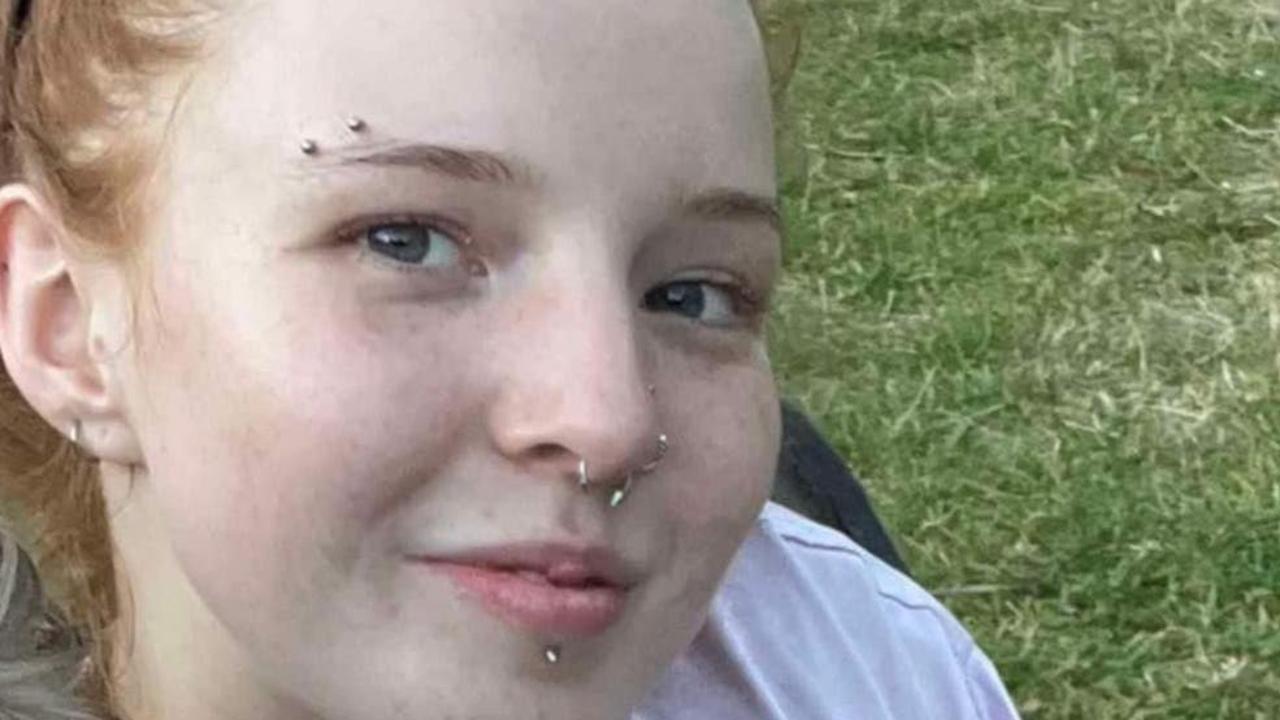Convicted killer Roger Rogerson was a real life ‘Dirty Harry’
CLEVERNESS, charisma, corruption and criminality combined to make it more than three decades before the law truly caught up with corrupt cop Roger Rogerson.
A COMBINATION of cleverness, charisma, corruption and criminality combined to make it more than three decades before the law truly caught up with corrupt cop Roger Rogerson.
Even after he was booted from the police force in 1986, outed “dog” drug dealer Neddy Smith as his informant and was jailed twice, the man known as Roger the Dodger seemed a Teflon man. Allegations bounced off. Not much stuck.
“Because he was (Clint Eastwood’s) Dirty Harry,” says one veteran reporter.
“It was the ’80s. It was a different time. Right or wrong people saw him as an enforcer, who was getting the bad guys, old school style.”
Rogerson was implicated in — but never convicted of — two killings (hitman Christopher Flannery and the girlfriend of drug dealer Warren Lanfranchi, Sallie-Anne Huckstepp), acquitted of conspiring to murder fellow detective Michael Drury, and accused of bribery, assault and drug dealing in the 1980s — and continues to protest his innocence.
In 1981, Rogerson shot dead Lanfranchi in an inner Sydney lane. An inquest found he was acting in the line of duty and he was never charged. But Huckstepp’s accusations of corruption against Rogerson and other police, and her later murder for which nobody has been charged, meant the accusations lingered.
Rogerson now faces a life sentence for the murder of Jamie Gao. Those who have associated with the 75-year-old across four decades say his bravado, charisma and charm remain legendary.
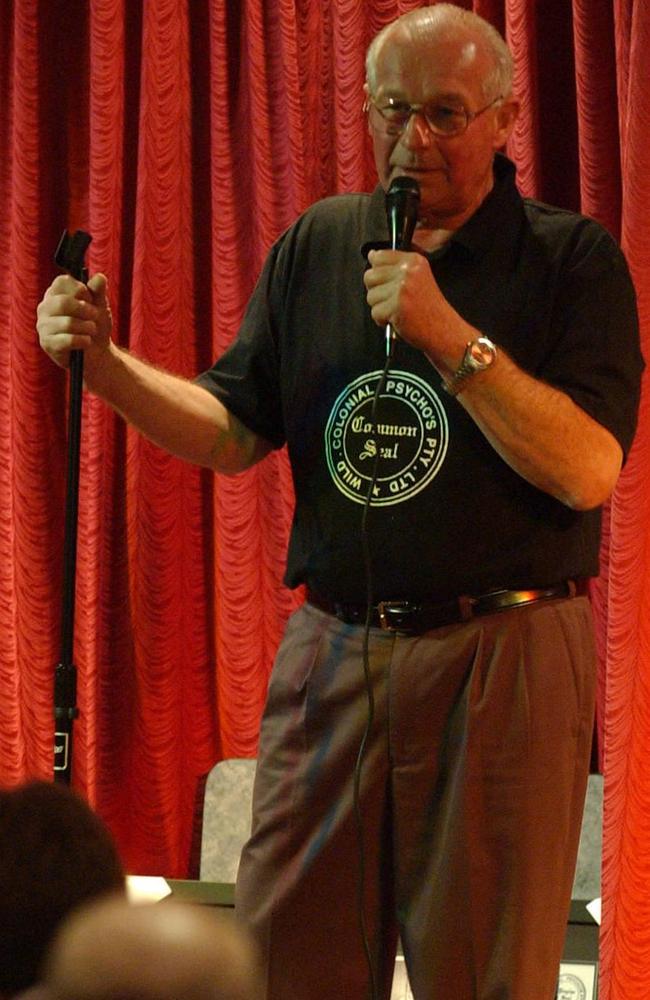
He’s a convicted killer, and also the bloke who could regale a crowd of strangers with his stories, and drink most of them under the table.
Asked about the deaths of hitman Flannery or who killed Huckstepp, his standard reply is “probably Neddy (Smith)”.
Asked if he believed Flannery was responsible for Drury’s attempted murder, Rogerson looked down the barrel of a camera and replied he didn’t think Flannery, his erstwhile drinking buddy known as “Mr Rentakill”, had pulled the trigger.
Why not? “I don’t think he would have missed,” Rogerson said.
Certainly, associates say, Rogerson always has an answer, and had powerful allies.
Even after a couple of stints in prison, he could shake off the rumours, court the media, enthral the public and pack out an RSL Club on a speaking tour.
In 2009, when he published his autobiography The Dark Side, broadcaster Alan Jones did the honours at the launch.
“He is honestly great company,” says one long-time associate, who only left Rogerson off his wedding guest list because he was in jail (mercifully, it avoided a guest-list conflict of good cop versus bad cop).
“He represented an era. People wanted a knockabout hero.
“And people forget that in the 70s he was doing amazing work in homicide and getting results.”
Early in his career Rogerson was a decorated officer — receiving more than a dozen awards for bravery and police work. At one time he was tipped to be in line to become police commissioner.
“When the internal investigations started, he was protected, as simple as that,” says another associate.
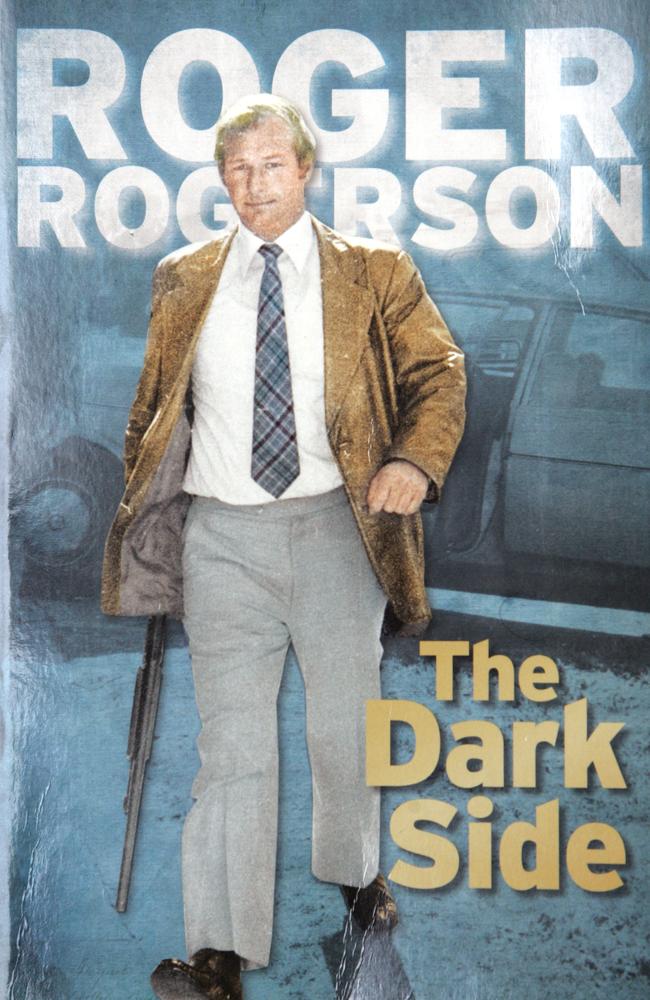
Rogerson is clever, all agree — far more clever than many of the criminals he dealt with and famously drank with.
He wrote shorthand as quickly as any legal secretary, has a mind like a steel trap and is a chameleon with undeniable presence and charm.
He was a public relations guru before his time (he would hate being called that) — able to share contacts, get people to talk — a master networker who could easily access all kinds of people, from either side of the tracks, said one journalist.
And he loves to talk. A master storyteller and an engaging — if somewhat bawdy raconteur — between jail stints he embarked on speaking tours with former AFL players Warwick Capper and Mark “Jacko” Jackson, telling stories of his police activities in a spoken-word stage show called The Good, the Bad and the Ugly.
After being released from jail in 2006, around his work in a scaffolding business, Rogerson joined forces with Jackson and notorious criminal Mark “Chopper” Read for another touring stage show — The Wild Colonial Psychos.
“He did the speaking tour because he needed money — and he enjoyed it — he has a healthy ego,” said one reporter.
Certainly, he enjoyed the notoriety — this writer recalls a colleague paling visibly one night when he answered an unknown number to hear the words “‘Mate, it’s Chopper Read and Roger Rogerson.” An acquaintance had got them to do it ‘just for kicks”, post-show.
“Roger is a polite, courteous, gentlemanly old fellow these days ... but I’m never going fishing with him,” Read, who died in 2013, once joked.
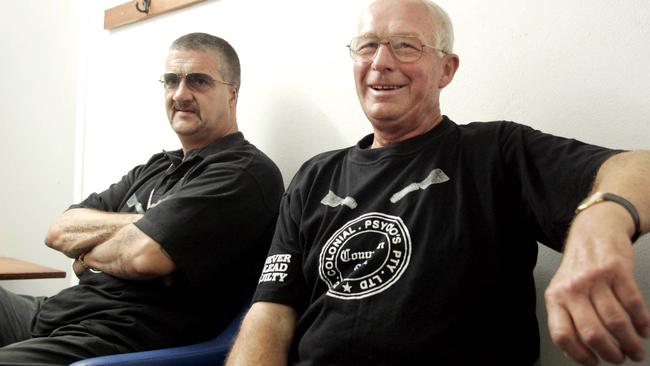
Rogerson would tell audiences “he didn’t do the funny stuff”, but, a natural storyteller (at one show he described a stint in jail as “my recent fact finding mission”), he’d tell tales of shooting criminals in the line of duty and joke about working in “the best police force money could buy”. He’d play the old-school, hard-nosed, knockabout officer. The audience saw him more as a folk hero than a crooked cop and a killer.
Asked to review crime drama Underbelly, for The Daily Telegraph, he ended up blogging weekly about the show.
It’s rumoured he was even cast in a short film — playing a magistrate — and reportedly relished the casting.
Occasionally, associates say, the charismatic mask slipped, and the criminal shone through.
More than one speaks of pushing Rogerson too far with their questions about Drury or Huckstepp, and being fixed with an unforgettably piercing, steel-blue stare that pierced “right through you”.
“I’ve worn it once,” says one associate. “I knew I’d gone too far.”
In 1982 Rogerson gave an interview with then Sydney Morning Herald reporter Neil Mercer, who said throughout the 70-minute interview, Rogerson appeared calm., the piercing clue-eyed gaze never shifting.
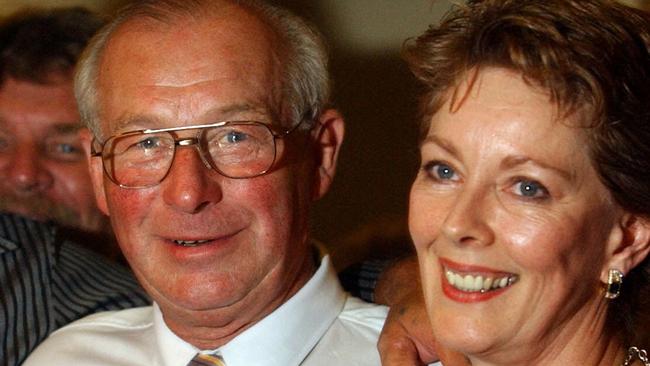
There was one place not to go with Rogerson — his family.
The only time he pleaded guilty to a criminal charge was in 2005, when he and his wife, Anne Melocco, were convicted of lying to the 1999 Police Integrity Commission.
Rogerson served 12 months. Melocco was sentenced to two years’ periodic detention.
“He did it to protect her,” says an associate.
On Wednesday after more than four months before the NSW Supreme Court, Rogerson and fellow former detective Glen McNamara were found guilty of murdering Jamie Gao and conspiring to steal his drugs. Rogerson slowly bowed his head as the verdicts were read out.
They are expected to be sentenced in the next few weeks, and face the rest of their lives in prison.
Those who know Rogerson believe Ditty Harry didn’t run out of luck, but chose his partner in crime badly.
“It was bad judgment,” said an associate.
In the end, perhaps Teflon man caught himself.


